How to Choose the Perfect Combat Boots for Every Adventure
When it comes to selecting the ideal combat boots for various adventures, understanding the essential features and benefits is crucial. According to a 2022 report by the Outdoor Industry Association, outdoor recreation contributes nearly $600 billion to the U.S. economy, underscoring the demand for high-quality gear that can withstand rugged conditions.
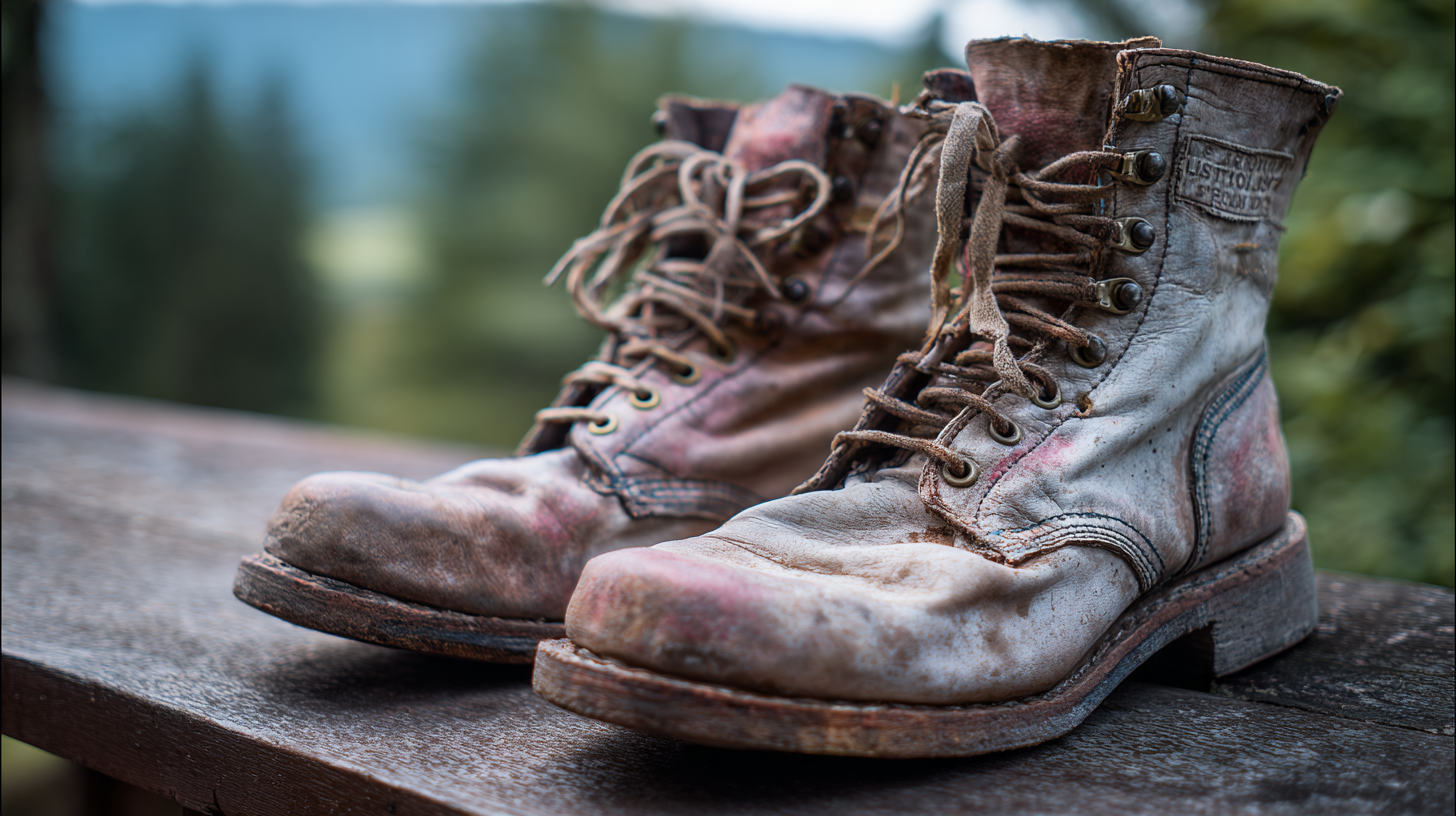 Combat boots, designed for durability and support, play a significant role in this landscape, catering to diverse activities from military operations to hiking and survival training. Research indicates that 85% of adventurers prioritize comfort and protection in their footwear choices, demonstrating the need for boots that combine functionality with style. This guide will equip you with the knowledge to make an informed decision in selecting combat boots that suit your lifestyle and adventure needs, ensuring you are prepared for any challenge that comes your way.
Combat boots, designed for durability and support, play a significant role in this landscape, catering to diverse activities from military operations to hiking and survival training. Research indicates that 85% of adventurers prioritize comfort and protection in their footwear choices, demonstrating the need for boots that combine functionality with style. This guide will equip you with the knowledge to make an informed decision in selecting combat boots that suit your lifestyle and adventure needs, ensuring you are prepared for any challenge that comes your way.
Understanding Different Types of Combat Boots and Their Uses
When selecting combat boots for various adventures, it's essential to understand the different types available and their specific applications. Combat boots can generally be categorized into three main types: tactical boots, combat-ready boots, and military-style boots. Tactical boots, designed for versatility and agility, often feature lightweight construction and slip-resistant soles. According to a report by the Outdoor Industry Association, over 65% of outdoor enthusiasts prefer tactical boots for activities like hiking and light military exercises due to their breathability and flexibility.
On the other hand, combat-ready boots are typically heavier and provide enhanced ankle support and durability, making them ideal for rugged terrains and prolonged service. The U.S. Army has adopted specific models, such as the Army Combat Boot (ACB) and Air Force Combat Boots (AFCB), which are engineered to meet strict performance standards. Industry insights suggest that nearly 70% of soldiers value the robust design and the added protection these boots offer during deployment.
Lastly, military-style boots, often favored in fashion contexts, can vary significantly in construction yet retain some military-grade features. As indicated by a study from the Footwear Distributors and Retailers of America, sales of military-style boots surged by 23% in the past year, reflecting their growing popularity in casual and urban settings. Understanding these distinctions will ensure you choose the perfect combat boots tailored for each adventure.
How to Choose the Perfect Combat Boots for Every Adventure
| Type of Combat Boot | Features | Best Uses |
|---|---|---|
| Tactical Boots | Durable materials, slip-resistant soles, reinforced toe. | Military operations, outdoor activities, and rugged terrain. |
| Combat Hiking Boots | Lightweight, breathable, waterproof options. | Hiking, trekking, and long-distance walking. |
| Desert Boots | Lightweight suede, thermoplastic rubber soles, designed for hot climates. | Desert environments, warm weather operations. |
| Winter Combat Boots | Insulated, waterproof, high-top design for ankle support. | Cold climates, snow and ice-covered terrains. |
| Motorcycle Combat Boots | Reinforced toe and heel, oil-resistant soles, designed for grip. | Motorcycling, protection during rides. |
Key Features to Look for in Quality Combat Boots
When selecting quality combat boots, it's essential to focus on several key features that enhance both performance and comfort. First and foremost, the construction material plays a crucial role. Leather is often favored for its durability and water resistance, while lightweight synthetic materials can offer breathability and flexibility. Additionally, a good boot should have a sturdy construction that includes reinforced stitching, ensuring it can withstand rugged conditions.
Another vital aspect to consider is the sole of the combat boots. Look for rugged outsoles made from rubber or vibram, which provide excellent traction on various terrains. A cushioned midsole is also important for comfort during long periods of wear, allowing for shock absorption and support. Finally, ensure that the boot fits well; a snug fit around the heel and midfoot will help prevent blisters, while enough room in the toe box allows for movement. Prioritizing these features will lead you to combat boots that are not only stylish but also functional for any adventure.
Key Features to Look for in Quality Combat Boots
Selecting the Right Size and Fit for Maximum Comfort
When choosing the perfect combat boots, selecting the right size and fit is crucial for maximum comfort during your adventures. According to a study conducted by the American Podiatric Medical Association, improperly fitting footwear is a leading cause of foot pain, affecting nearly 70% of adults. To avoid discomfort and potential injuries, it’s essential to measure your feet accurately, considering both width and length. Always try on boots at the end of the day when your feet are slightly swollen for a more accurate fit.
Tips: When trying on combat boots, wear the socks you intend to use during your activities. This will help you gauge how the boots feel with your usual gear. Additionally, ensure that there’s about a thumb’s width of space between your longest toe and the front of the boot to allow for natural movement.
Another consideration is the boot's arch support and heel height, as the right support can make a significant difference in comfort. A recent report by Footwear News indicated that 80% of consumers prioritize comfort over style when selecting footwear. Hence, don’t hesitate to invest in quality insoles or look for models with built-in ergonomic features to enhance your overall comfort for long-lasting wear on any adventure.
Material Options: Leather vs. Synthetic for Durability and Performance
When selecting combat boots for various adventures, one of the most crucial decisions is the choice of material. Leather and synthetic materials each bring distinct advantages and disadvantages that can significantly impact durability and performance. Leather, for instance, is revered for its natural toughness and ability to conform to the wearer's feet over time, leading to a customized fit. Additionally, premium leather boots often provide excellent water resistance and breathability, making them a solid choice for challenging environments. However, full-grain leather can be heavy and require more maintenance, including conditioning to keep it supple.
On the other hand, synthetic materials, such as nylon or polyester, are increasingly popular due to their lightweight nature and lower maintenance requirements. These materials often incorporate advanced technology for waterproofing and breathability, ensuring comfort during intense activities. Moreover, synthetic combat boots typically dry faster after exposure to moisture, which is advantageous in wet conditions. That said, they may not offer the same level of durability as their leather counterparts, particularly in harsh terrains. Ultimately, the choice between leather and synthetic materials should be guided by the specific demands of the upcoming adventure and personal preferences in terms of fit and upkeep.
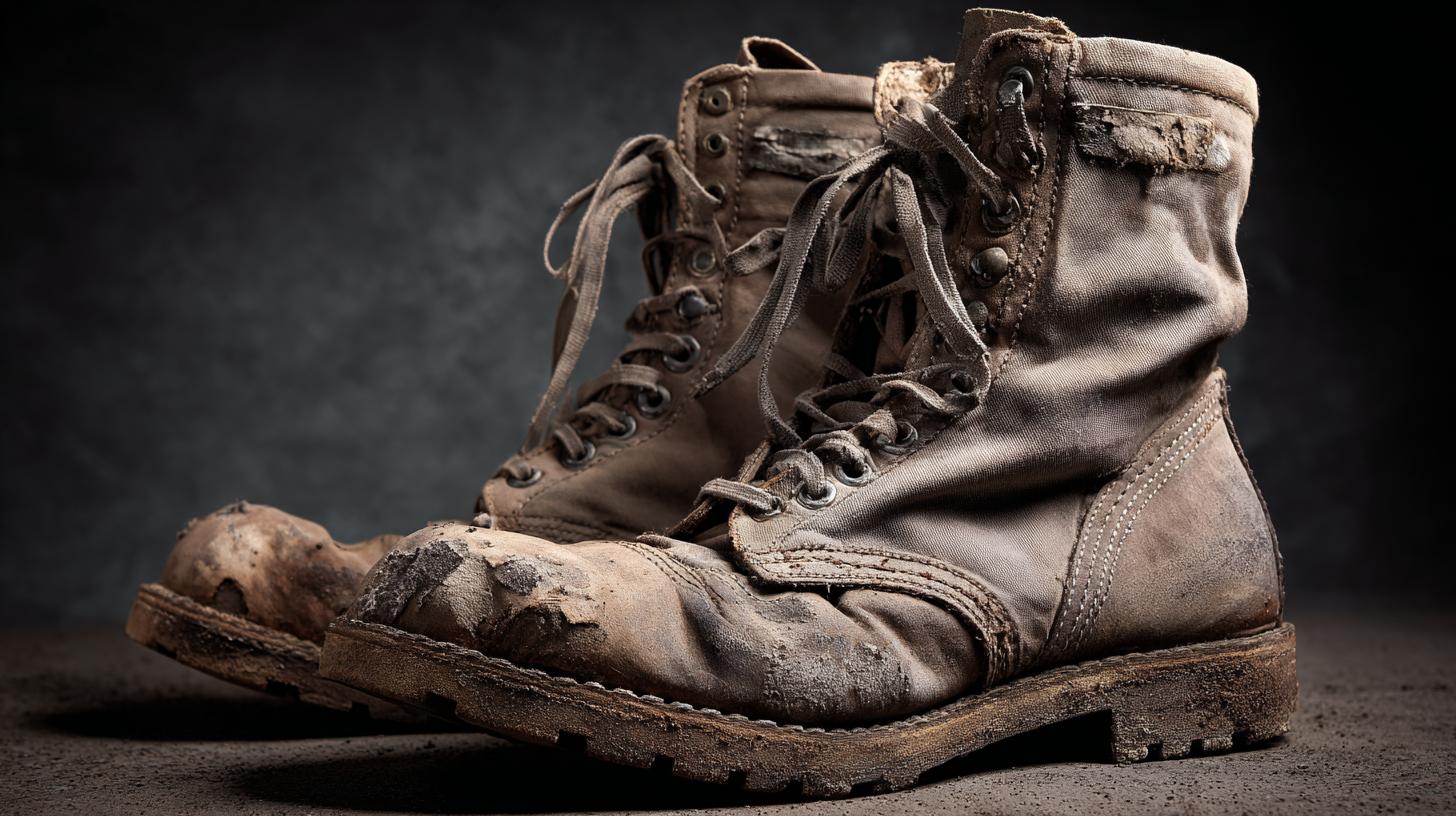
Choosing Combat Boots Based on Specific Environments and Activities
When selecting combat boots, it's essential to consider the specific environments and activities you'll encounter. According to a report from the American Podiatric Medical Association, nearly 75% of foot injuries in outdoor activities are due to improper footwear. For trekking in rocky terrains, boots with rugged soles and superior ankle support are crucial. The Vibram® outsole, known for its excellent grip and stability, plays a significant role in preventing slips and falls on uneven surfaces.
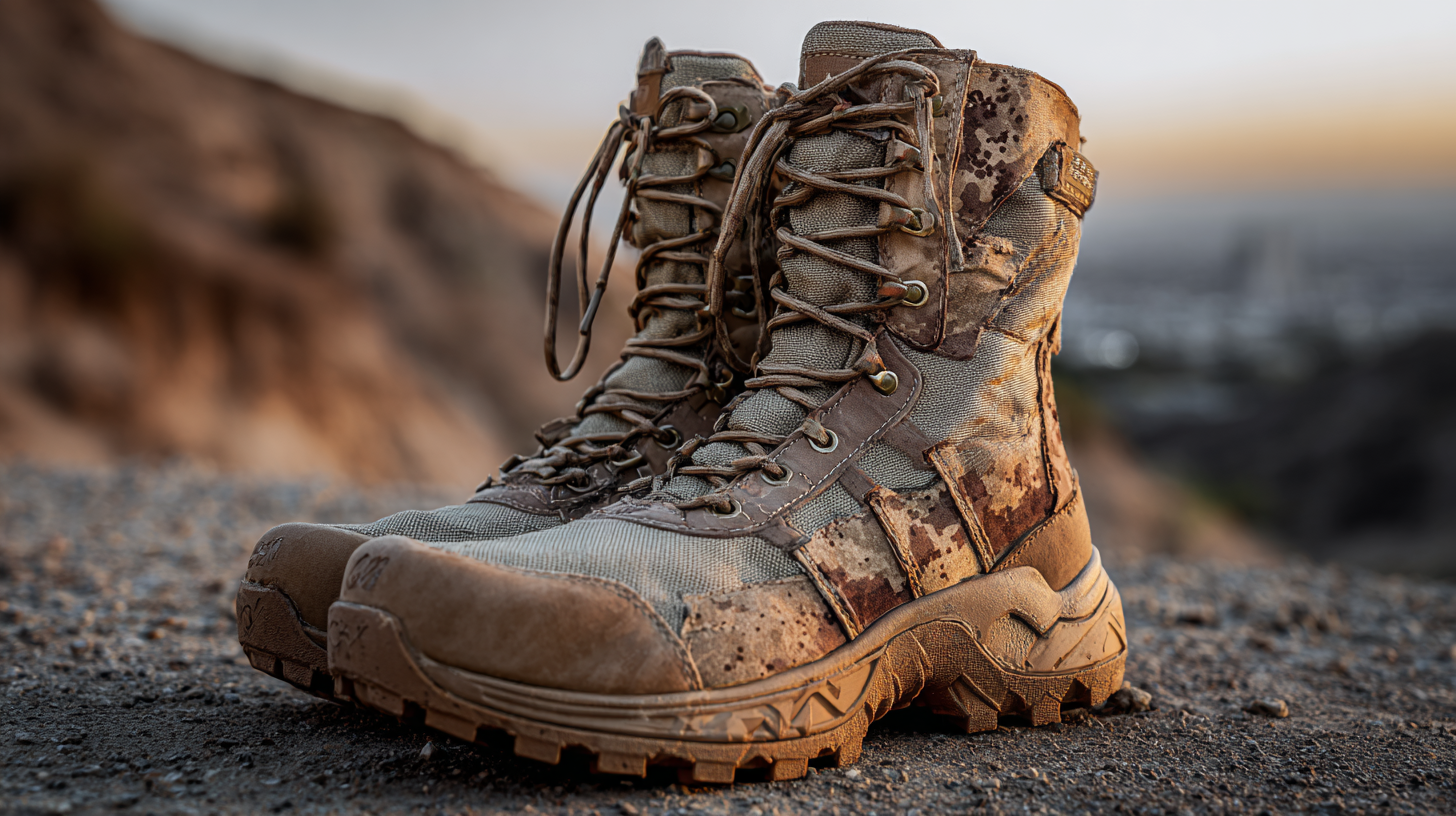
For urban environments, however, the focus should shift towards comfort and breathability. Research by the National Safety Council indicates that 20% of workplace accidents can be attributed to improper footwear in industrial settings. In such cases, combat boots with steel toes and slip-resistant soles should be prioritized to ensure safety while maintaining a sleek, stylish appearance suitable for city life. Additionally, waterproof features may be beneficial for unexpected weather conditions, making them versatile for everyday adventures.
By understanding the specific demands of your environment, you can make an informed decision that balances safety, functionality, and comfort.
Related Posts
-

Top Strategies for Sourcing Durable Combat Boots: Trends and Market Insights for Global Buyers
-
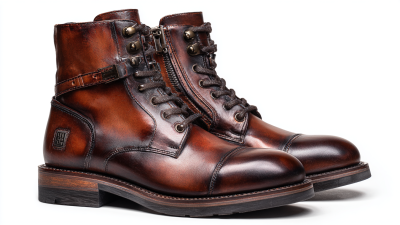
Craftsmanship Redefined Chinese Excellence in the Best Combat Boots for Global Service
-

Exploring the Best Combat Boots Alternatives for Ultimate Comfort and Performance
-
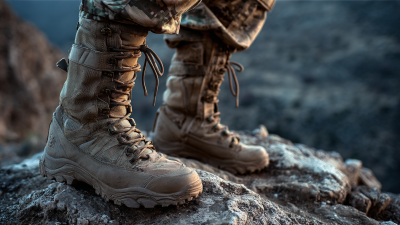
How to Choose the Perfect Combat Boots for Every Adventure
-
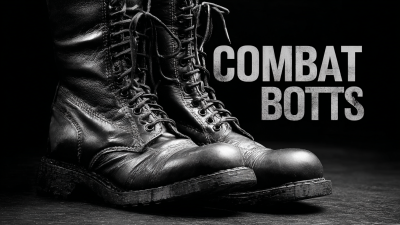
7 Essential Features of the Top Combat Boots You Need This Year
-

How to Choose the Perfect Men's Sun Hats: A Guide for Global Buyers in 2023
